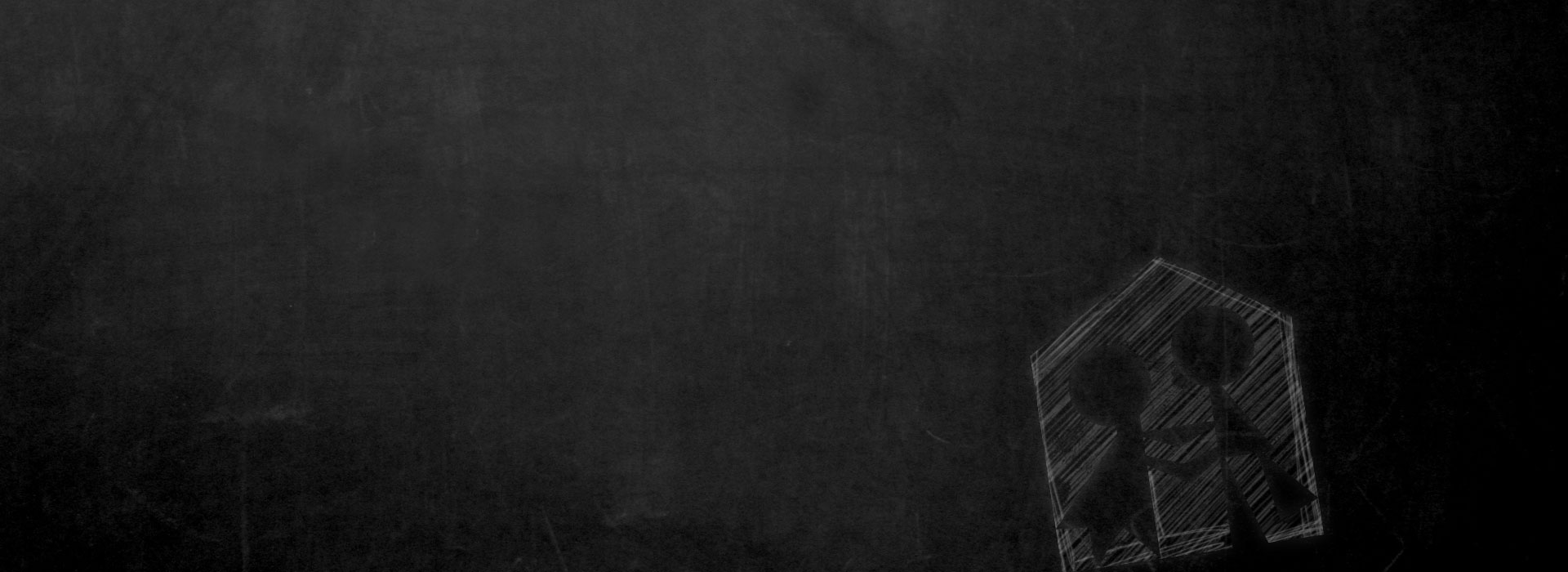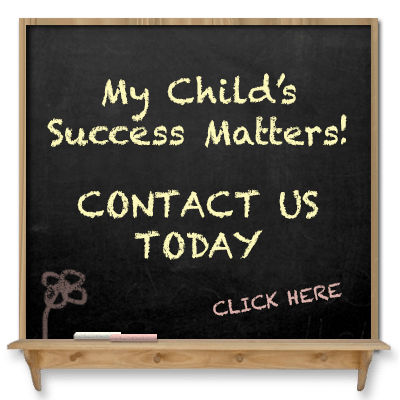My Garden by Kevin Henkes
Just because the school year is over does not mean you should stop reading to your child. In fact, My Garden by Kevin Henkes is the perfect book to read in the summer because it combines summer activities with summer daydreams to make one beautiful story. By promoting thepractical life lessons of tending a living garden and tending the garden of your imagination, My Garden gives a unique look into the vividness of physical and mental worlds.
Living a Healthy & Productive Lifestyle in the Real World
In the book, the narrator begins helping her mother with a garden, explaining the important tasks she performs to keep the garden healthy and growing. However, unlike many stories that take a negative tone towards chores, the narrator does not complain about having to “do work.” Instead,she lists her tasks matter-of-factly, and her attention to detail suggests a strong sense of pride in her work. This satisfaction in gardening teaches readers that feeling fulfilled by a culturalachievement like botany is a healthy way of looking at hard work.
Making Life Fun with an Active Imagination
Even though the narrator enjoys working in the garden, she soon starts fantasizing about her own garden and all the perfect, creative traits it would have. She revels in the sensorial details of each new idea. Some of her descriptions may strike you as odd or unpleasant, such as rusty keys and buttons growing in the morning. However, the result of these strange quirks is imagining what you would have in your garden instead (which is not a bad idea for a short children’s activity).
Turning Dreams Into Reality
At the end of the story, the narrator tries to bridge the real and imaginary worlds by planting a seashell in her mother’s garden. We can assume she’s testing her theory that if she plants a seashell, she will grow more seashells. While the narrator’s mother doesn’t understand why she does this, the last page of the book shows a buried seashell growing roots.
Some adults may think this ending will leave children with an unrealistic expectation of reality, but there is a more positive interpretation available. First of all, it’s not clear if this final image is meant to be in real life or in the child’s imagination. Therefore, I like to assume that the seashell is meant as a metaphor for teaching kids that making their dreams a reality is an desirable, honorable, and effective way of living in the real world.
Recommended Audience
My Garden is that rare book that can be appreciated at many developmental stages. While the pictures and basic storyline will appeal to preschool children, kindergartners will also appreciate the lush imagery in the text.



